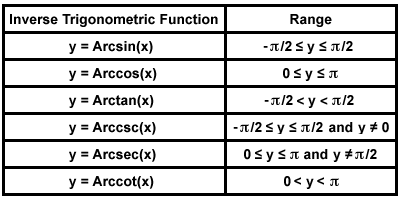Please wait while we process your payment
If you don't see it, please check your spam folder. Sometimes it can end up there.
If you don't see it, please check your spam folder. Sometimes it can end up there.
Please wait while we process your payment

By signing up you agree to our terms and privacy policy.
Don’t have an account? Subscribe now
Create Your Account
Sign up for your FREE 7-day trial
By signing up you agree to our terms and privacy policy.
Already have an account? Log in
Your Email
Choose Your Plan
Individual
Group Discount
Save over 50% with a SparkNotes PLUS Annual Plan!
 payment page
payment page
Purchasing SparkNotes PLUS for a group?
Get Annual Plans at a discount when you buy 2 or more!
Price
$24.99 $18.74 /subscription + tax
Subtotal $37.48 + tax
Save 25% on 2-49 accounts
Save 30% on 50-99 accounts
Want 100 or more? Contact us for a customized plan.
 payment page
payment page
Your Plan
Payment Details
Payment Summary
SparkNotes Plus
You'll be billed after your free trial ends.
7-Day Free Trial
Not Applicable
Renews July 9, 2025 July 2, 2025
Discounts (applied to next billing)
DUE NOW
US $0.00
SNPLUSROCKS20 | 20% Discount
This is not a valid promo code.
Discount Code (one code per order)
SparkNotes PLUS Annual Plan - Group Discount
Qty: 00
SparkNotes Plus subscription is $4.99/month or $24.99/year as selected above. The free trial period is the first 7 days of your subscription. TO CANCEL YOUR SUBSCRIPTION AND AVOID BEING CHARGED, YOU MUST CANCEL BEFORE THE END OF THE FREE TRIAL PERIOD. You may cancel your subscription on your Subscription and Billing page or contact Customer Support at custserv@bn.com. Your subscription will continue automatically once the free trial period is over. Free trial is available to new customers only.
Choose Your Plan
This site is protected by reCAPTCHA and the Google Privacy Policy and Terms of Service apply.
For the next 7 days, you'll have access to awesome PLUS stuff like AP English test prep, No Fear Shakespeare translations and audio, a note-taking tool, personalized dashboard, & much more!
You’ve successfully purchased a group discount. Your group members can use the joining link below to redeem their group membership. You'll also receive an email with the link.
Members will be prompted to log in or create an account to redeem their group membership.
Thanks for creating a SparkNotes account! Continue to start your free trial.
We're sorry, we could not create your account. SparkNotes PLUS is not available in your country. See what countries we’re in.
There was an error creating your account. Please check your payment details and try again.
Please wait while we process your payment

Your PLUS subscription has expired
Please wait while we process your payment
Please wait while we process your payment

Inverse Trigonometric Functions
The inverse trigonometric relations are not functions because for any given input there exists more than one output. That is, for a given number there exists more than one angle whose sine, cosine, etc., is that number. The ranges of the inverse relations, however, can be restricted such that there is a one-to-one correspondence between the inputs and outputs of the inverse relations. With these restricted ranges, the inverse trigonometric relations become the inverse trigonometric functions.
The symbols for the inverse functions differ from the symbols for the inverse relations: the names of the functions are capitalized. The inverse functions appear as follows: Arcsine, Arccosine, Arctangent, Arccosecant, Arcsecant, and Arccotangent. They can also be represented like this: y = sin-1(x), y = cos-1(x), etc. The chart below shows the restricted ranges that transform the inverse relations into the inverse functions.

The inverse trigonometric functions do the same thing as the inverse trigonometric relations, but when an inverse functions is used, because of its restricted range, it only gives one output per input--whichever angle lies within its range. This creates a one-to-one correspondence and makes the inverse functions more usable and useful.
With knowledge of the trigonometric functions, we can calculate the value of a function at a given angle. With the inverse trigonometric functions, we can now calculate angles given certain function values. Solving both ways will be especially helpful as we attempt to solve triangles in the upcoming sections.
Please wait while we process your payment

